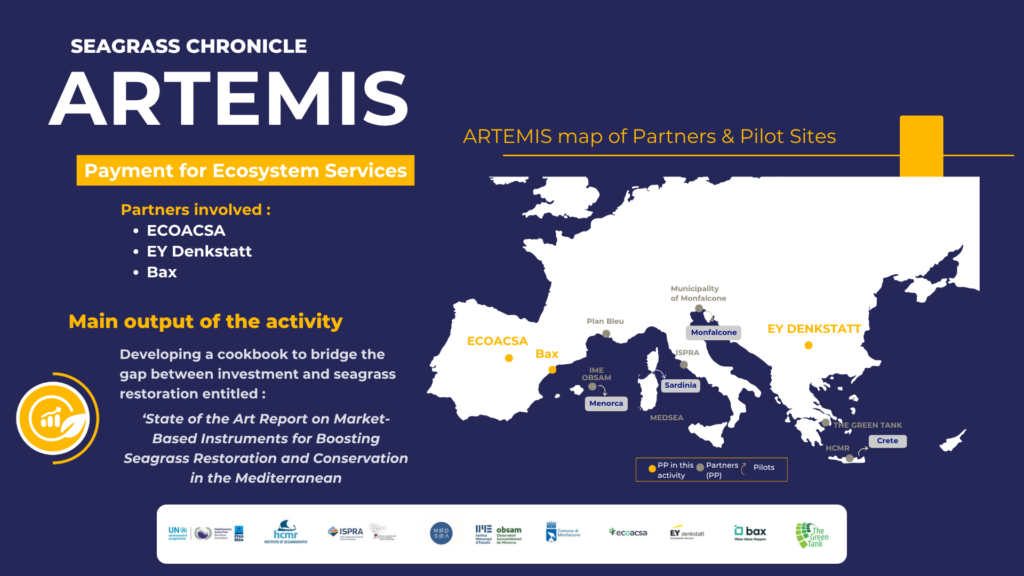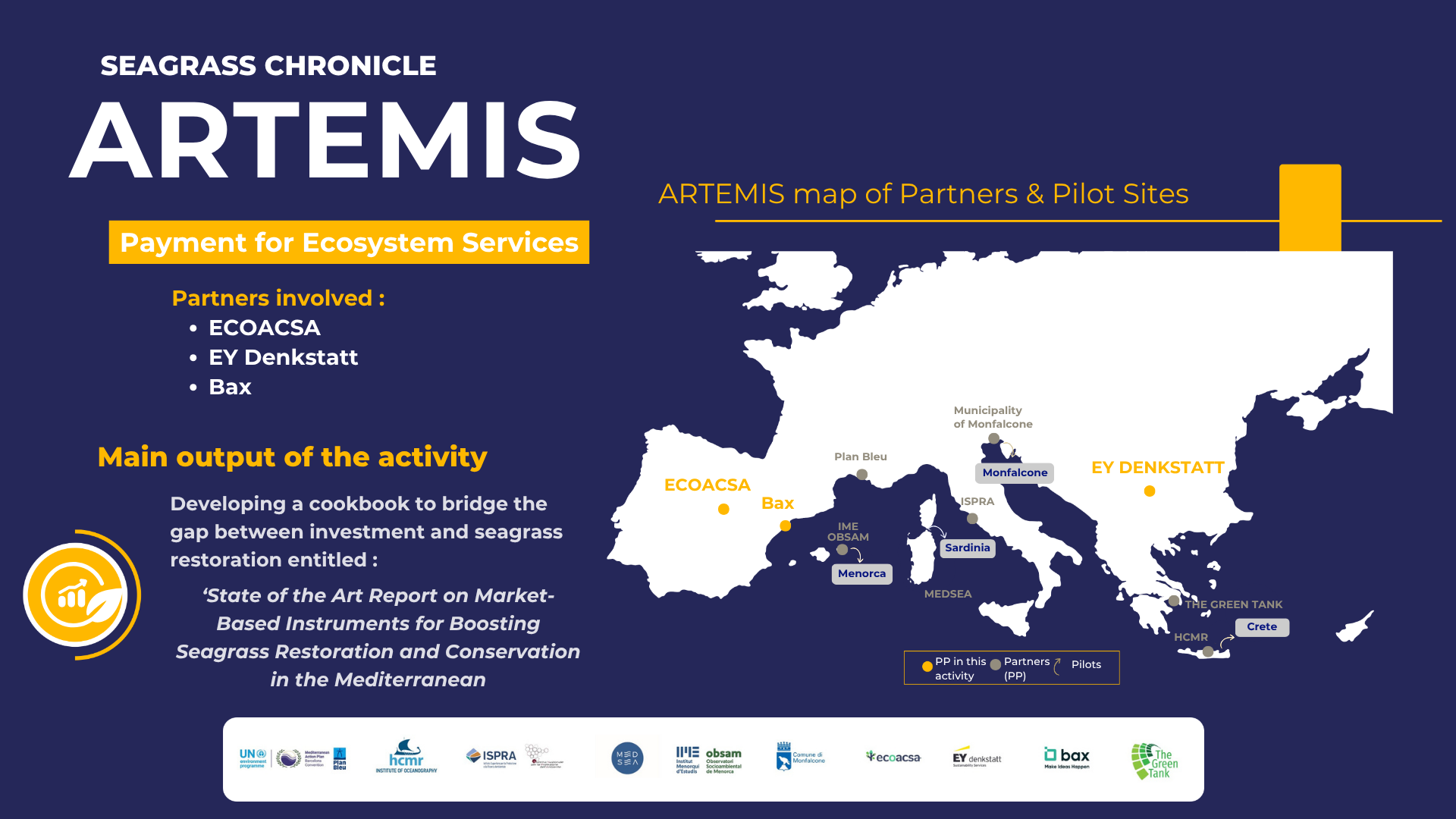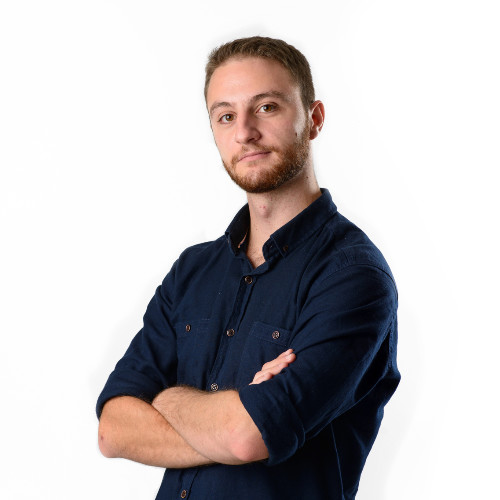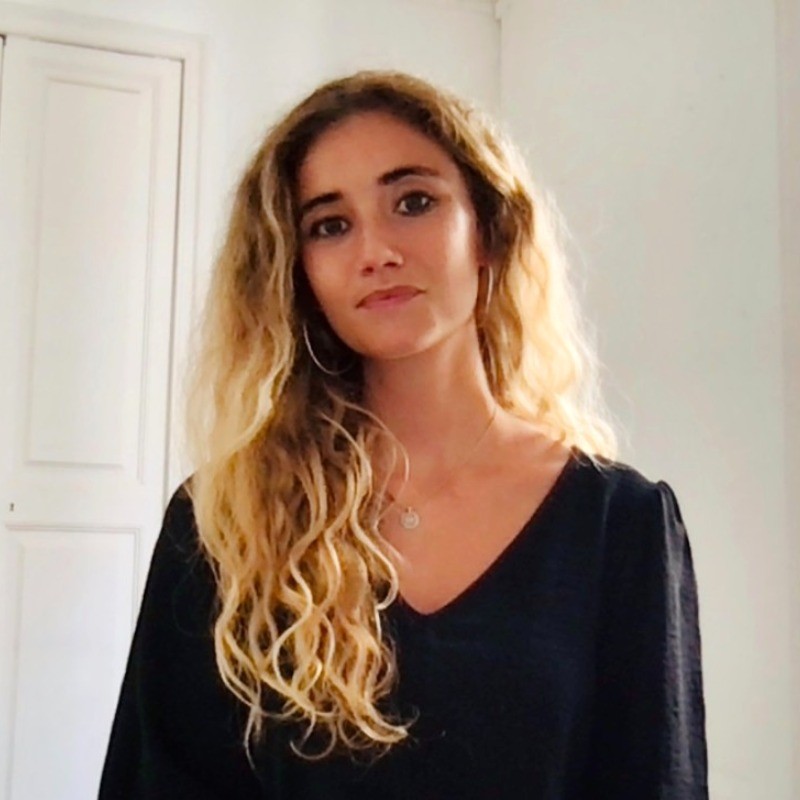The avant-garde nature of the ARTEMIS project is well represented by its “cookbook”, the “State of the Art Report on Market-Based Instruments for Boosting Seagrass Restoration and Conservation in the Mediterranean”. A lengthy, scientifically detailed paper that for the first time tries to carve out a space for seagrass in the natural capital markets, a necessary step to make sustainable all the projects related to its restoration and conservation.
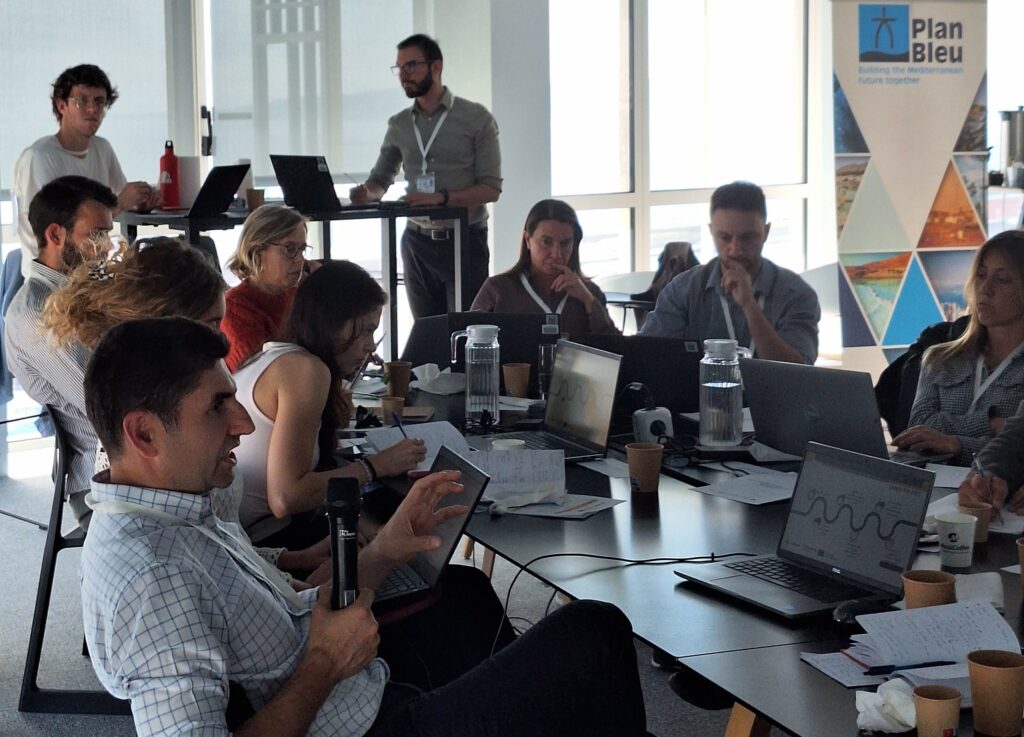 “It’s very novel. There’s not that much good practice established. And all the different requirements that potentially would motivate companies to invest are also brand new”, says Ivan Paspaldzhiev, a researcher for EY DENKSTATT (Bulgaria), one of the partners of ARTEMIS who collaborated to structure the paper.
“It’s very novel. There’s not that much good practice established. And all the different requirements that potentially would motivate companies to invest are also brand new”, says Ivan Paspaldzhiev, a researcher for EY DENKSTATT (Bulgaria), one of the partners of ARTEMIS who collaborated to structure the paper.
“Nobody –Paspaldzhiev continues– has dealt seagrass restoration at this scale. There is no historical information to show how much seagrass would be potentially interesting to companies because nobody has considered it yet”. EY DENKSTATT started its activities 18 years ago, supporting companies in sustainability performance and reporting, climate and nature strategy. Restoration and conservation are one of the main instruments in its toolkit, fundamental to reducing carbon emissions, mitigating risks, and compensating for impacts companies have on nature.
The Paper goes through the description of seagrass meadows and the services they provide to the ecosystem and the human communities, plunges into the intricacies of the natural capital and the Market-Based Instruments, of which the Payment for Ecosystem Services (PES) constitute nowadays one of the main approaches to finance nature conservation. Examples of PES in Australia, Spain, and Kenya are then analyzed in their challenges, successes, and opportunities. Chapter two highlights the complexity and importance of the regulatory flaws that frame seagrass meadow restoration in the Mediterranean, including at the level of big-picture corporate engagement and innovative financing.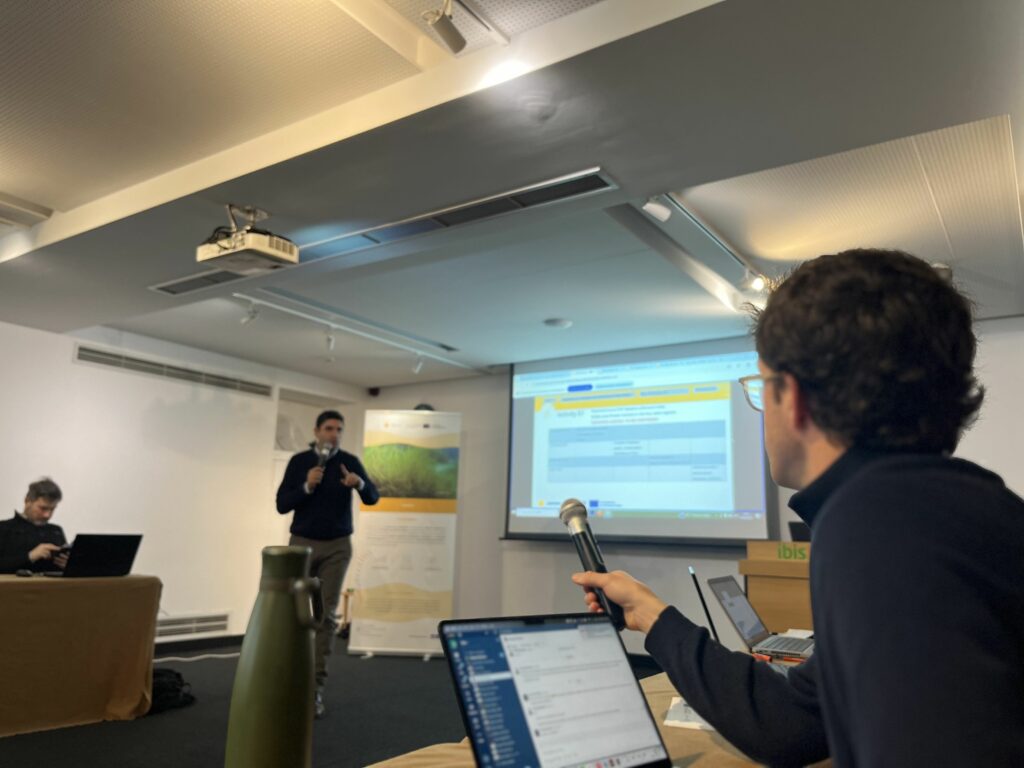
Ivan Paspaldzhiev | EY Denkstatt
“You have to look at the grand scheme of things. The amount of money going into natural restoration globally is something we looked at in the report. Most of it is not destined to marine ecosystems, but it’s rather going to ecosystems on land because that’s easier to imagine and easier to manage. With ARTEMIS, we are pioneering this restoration, and pioneering it in a context where it would be useful for somebody for their corporate performance and corporate goals. We are demonstrating what is the value of the ecosystem services provided by seagrass, and how they are beneficial to human communities, and we are bringing this information to the market, showing that it’s something that people should look at and invest in”, Paspaldzhiev underlines.
Optimism marks chapter three of the Report. Wrapping up their conclusions, the experts of ECOACSA and DENKSTATT see the increasing relevance of nature conservation and restoration on the political agenda, “coupled with growing demand from the private sector for nature-based solutions”.
Paula Castillo | ECOACSA
Paula Castillo Alonso, Marine Environment & Environmental Markets Consultant at Ecoacsa Reserva de Biodiversidad, one of the partners of ARTEMIS who has co-led the preparation of the report, emphasizes that “reflecting on the comprehensive analysis presented, the research conducted shows that advancing market‑based instruments for seagrass restoration requires a multi‑dimensional approach to ensure ocean protection becomes the norm and not the exception.
ECOACSA is a Spanish consultancy specializing in market analysis and strategic advisory services designed to integrate nature into decision-making at the corporate, project, and public policy levels. With a mission focused on advancing biodiversity conservation through private-sector engagement, the institution promotes innovation, dissemination, and the recognition of nature’s critical role as a source of both economic and non‑economic value. Drawing from over a decade of experience, ECOACSA assists companies and organizations in comprehending, valuing, and incorporating natural capital by deploying innovative tools to discover, quantify, and report ecosystem services.
In an era where science, innovation, and finance converge to redefine conservation, ARTEMIS project stands at the forefront of driving transformative change. “We are developing innovative finance mechanisms to support seagrass restoration over time, while refining methodologies to unlock the true economic potential of marine ecosystems and setting new benchmarks for environmental reporting and policy alignment. By merging cutting‑edge technologies with adaptive management and multi‑stakeholder engagement, we are creating a resilient, integrated model for seagrass restoration and marine biodiversity conservation throughout the Mediterranean. Our commitment is to translate nature‑based solutions into enduring value -both for society and the economy- ensuring a sustainable and equitable environmental future” highlights Castillo.
A cutting-edge project like ARTEMIS needs to be open to all possible sources of innovation, an active part of the multifarious family that is bringing the conservation and restoration of seagrass to the stage of the ecosystem services market. Such a connecting function is played by BAX, an innovation consultancy firm that has been part of ARTEMIS since the beginning. Links have been established by BAX between ARTEMIS and the European Seagrass Restoration Alliance (ESRA), the community of scientists, practitioners, authorities and businesses pushing forward the seagrass restoration agenda at European scale. In the context of ESRA’s second European Seagrass Restoration Workshop, ARTEMIS had the opportunity to host the collaborative workshop “Unlocking Finance for Seagrass Restoration”. “It was a great opportunity to showcase our work, generate interest for our payment for ecosystem service schemes and pool in different sectoral and geographic perspectives on the issue. A whitepaper with future lines of collaboration between ARTEMIS, ESRA and the different European stakeholders involved in the workshop will follow soon”, explains Pere Giralt, innovation consultant for BAX.
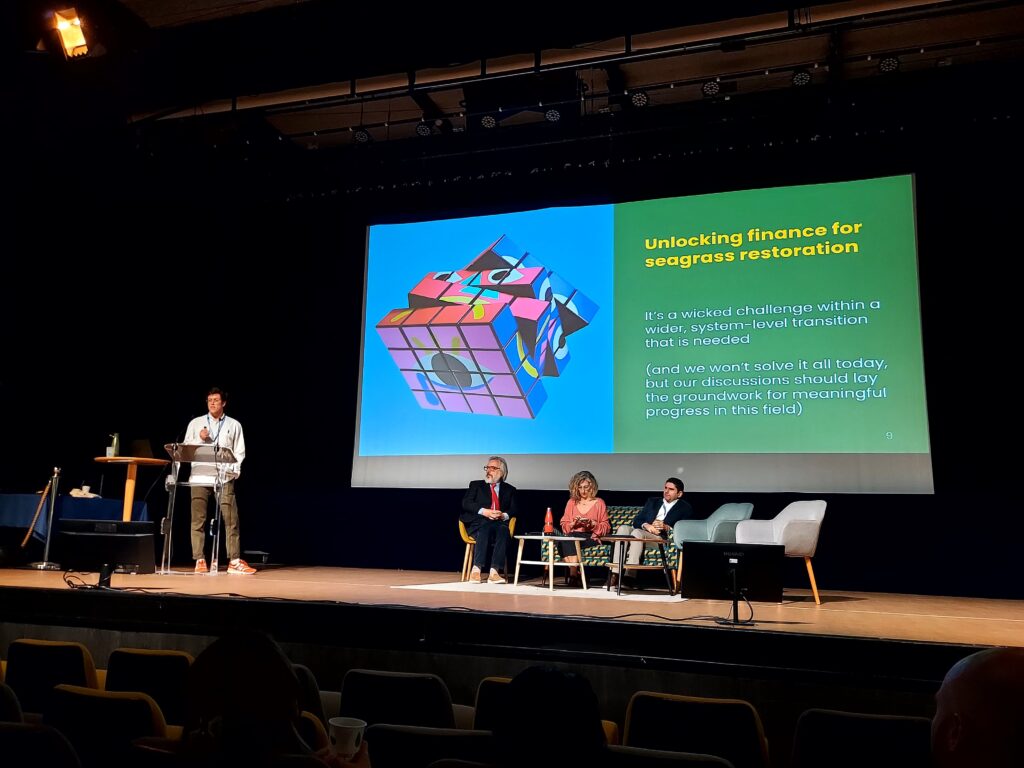
BAX has more than 10 teams working on issues varying from autonomous vehicles to lightweight materials, from livable cities to nature restoration. Its goal is to bring new solutions from their “abstract” beginning to real implementation on the ground, from elemental research to large-scale deployment. Innovation facilitators or consultants, BAX’s experts work with cross-disciplinary approaches in a multi-sectoral environment populated by companies, investors, scientists, and civil society organizations.
“One activity we lead in ARTEMIS is the peer learning program, a series of interactive knowledge exchange sessions (both in person, online, closed, and open) along the project’s four main pillars: restoration methodologies and techniques, stakeholder engagement, financing mechanisms and policy development”, continues Giralt. The main ambition for BAX is to bring project partners together with external experts, including unusual suspects (peatland experts, for example) to exchange best practices and lessons learned in a semi-structured way in order to advance the joint knowledge on these topics, and identify tangible improvements to the approach within ARTEMIS.
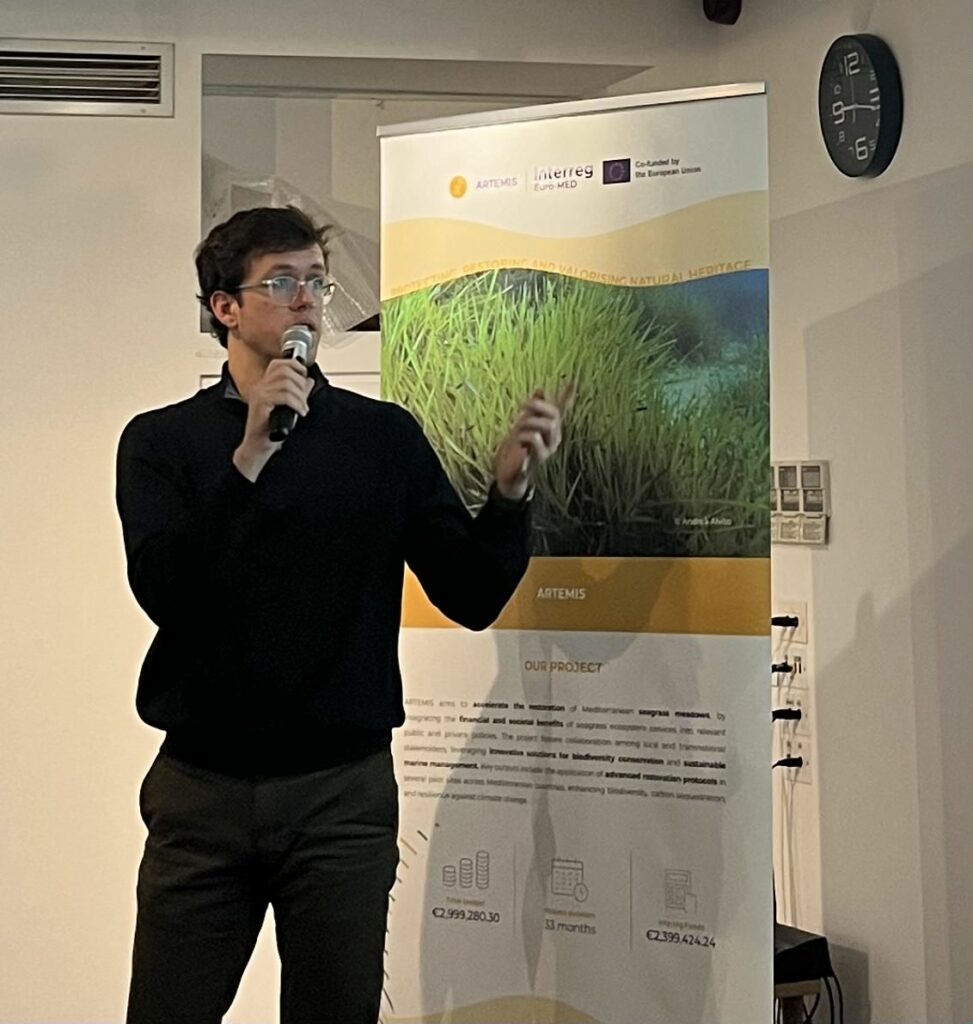
Pere Giralt | Bax
Other activities that BAX lead or is involved in include the amplification of project results, through which we continuously screen for opportunities beyond our initial workplan to “amplify” the impact of ARTEMIS. “One example has been our participation in the event in Arcachon. Finally, we are also involved in the co-design of PES schemes. Together with ECOACSA, we will be working closely with pilot partners to define suitable PES options based on local legal and registry, commercial, financial and multiple risk aspects. ARTEMIS is a unique project given it’s pure multidisciplinarity, which brings certain complexity in bringing different types of partners and mindsets around a shared (and quite new) concept. I think that we have collectively done a great job at this, and the last partner meeting in Heraklion, plus the event in Arcachon, helped us advance even further in this sense. ARTEMIS is a challenging project, but we are rapidly moving towards shaping a seagrass restoration and conservation model for the Mediterranean”, concludes Giralt.
